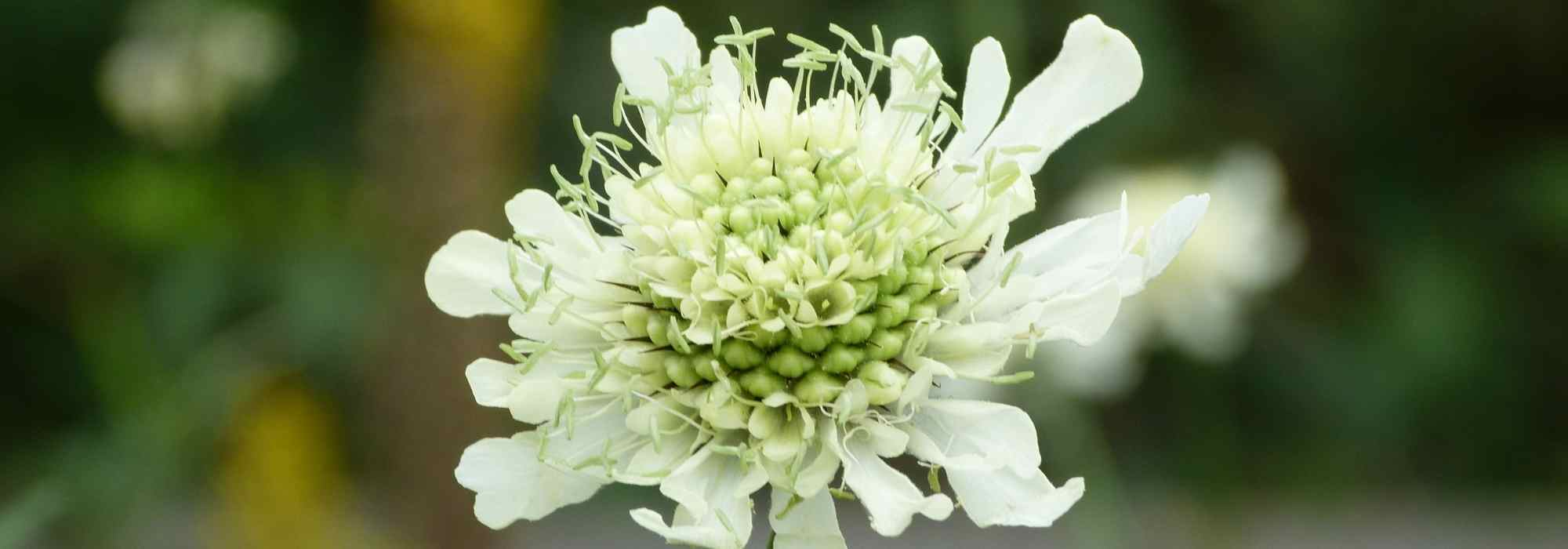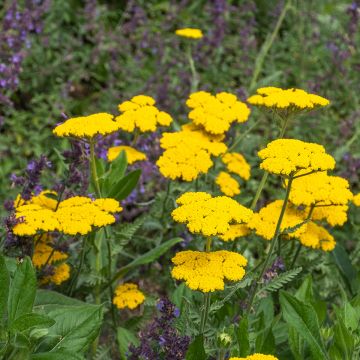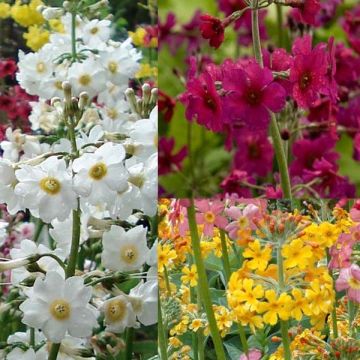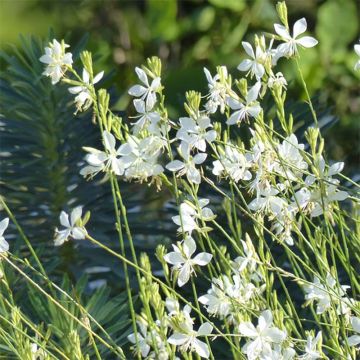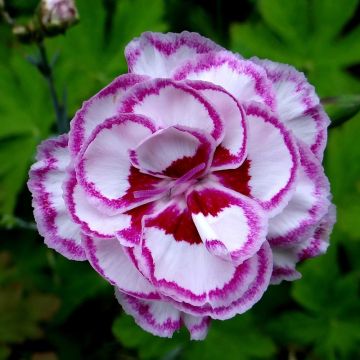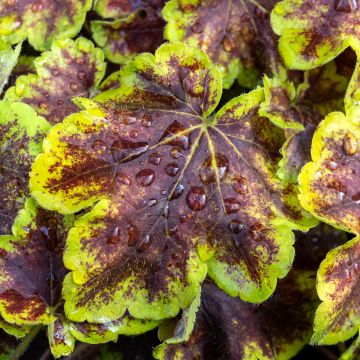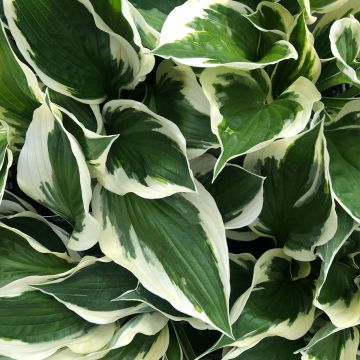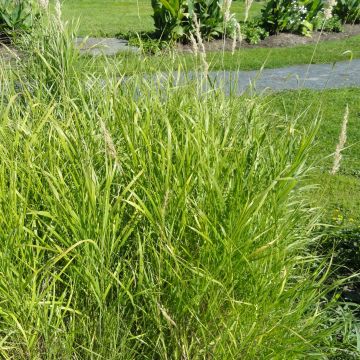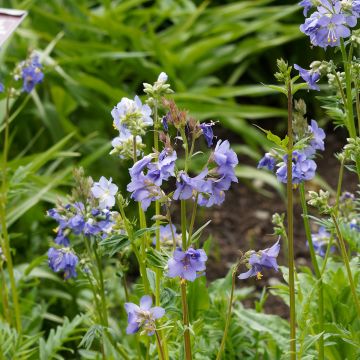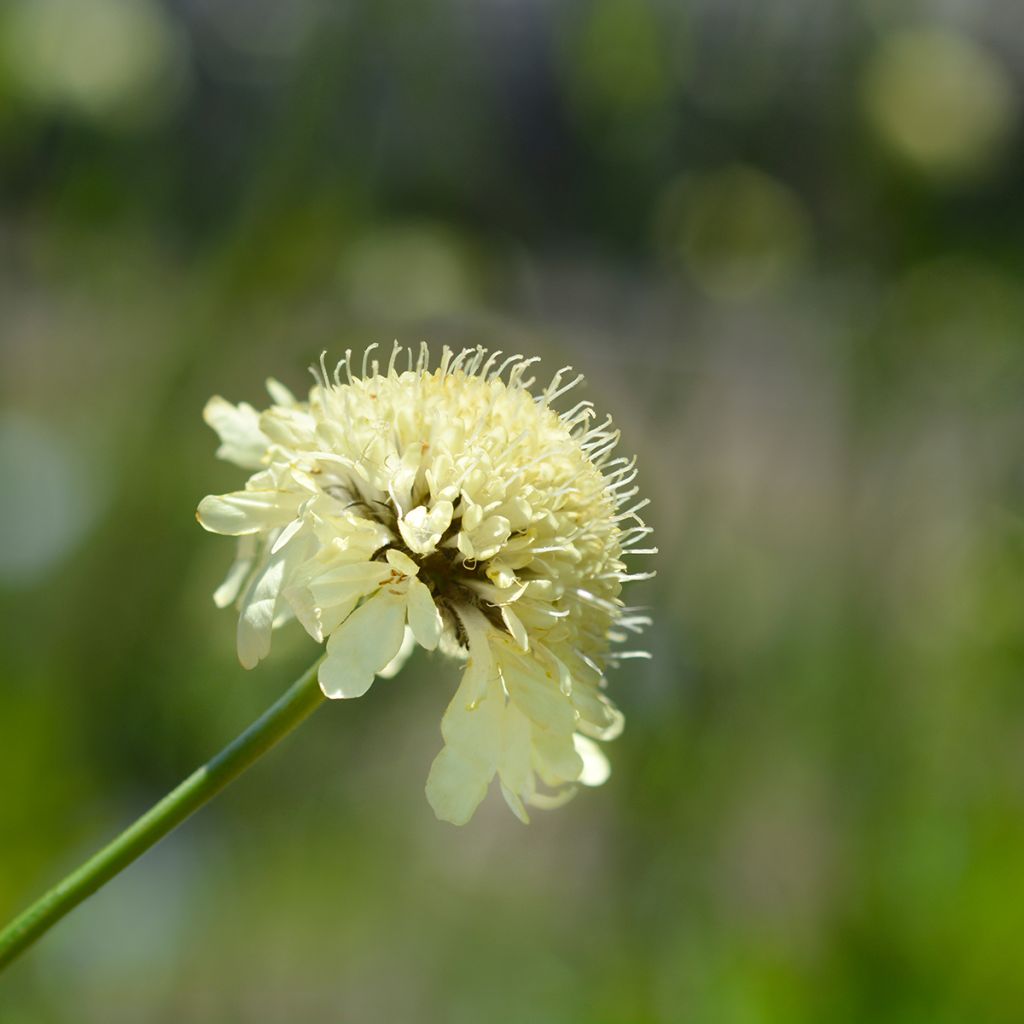

Cephalaria gigantea
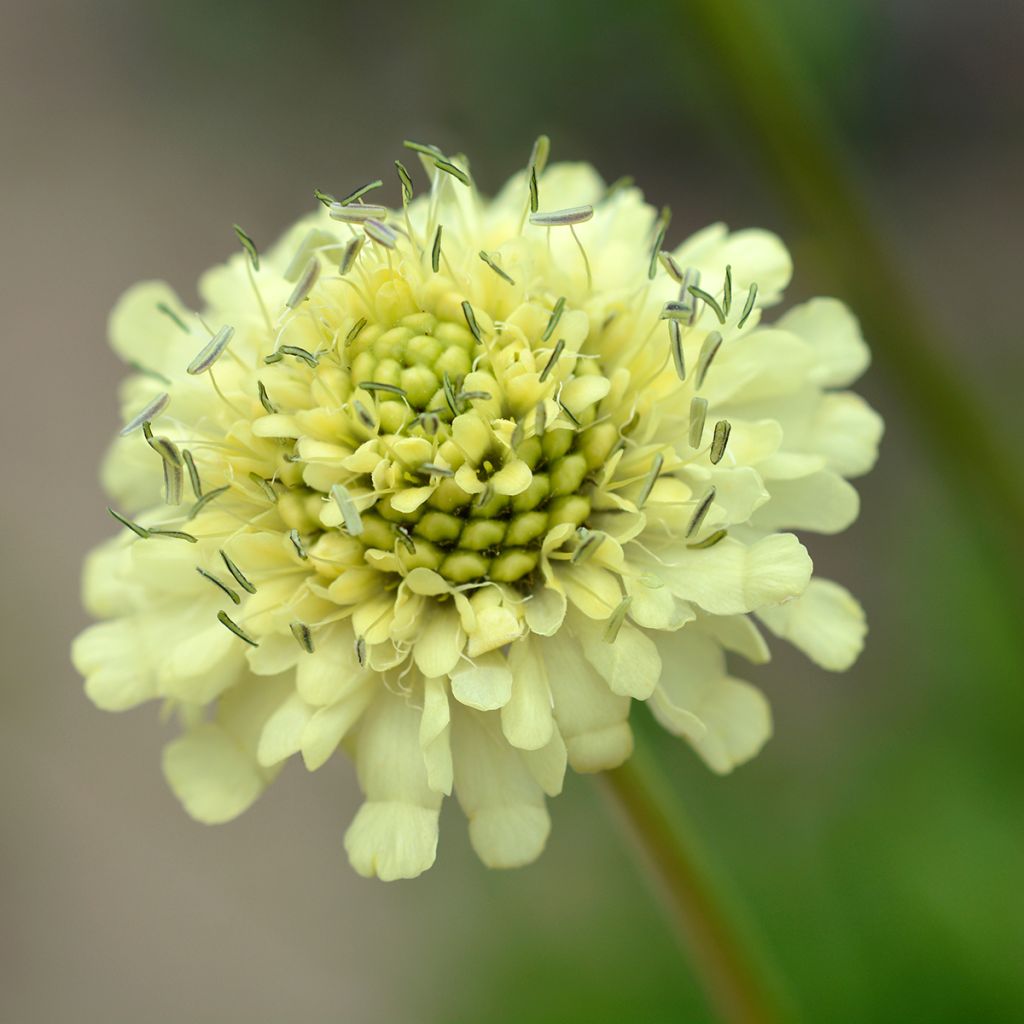

Cephalaria gigantea
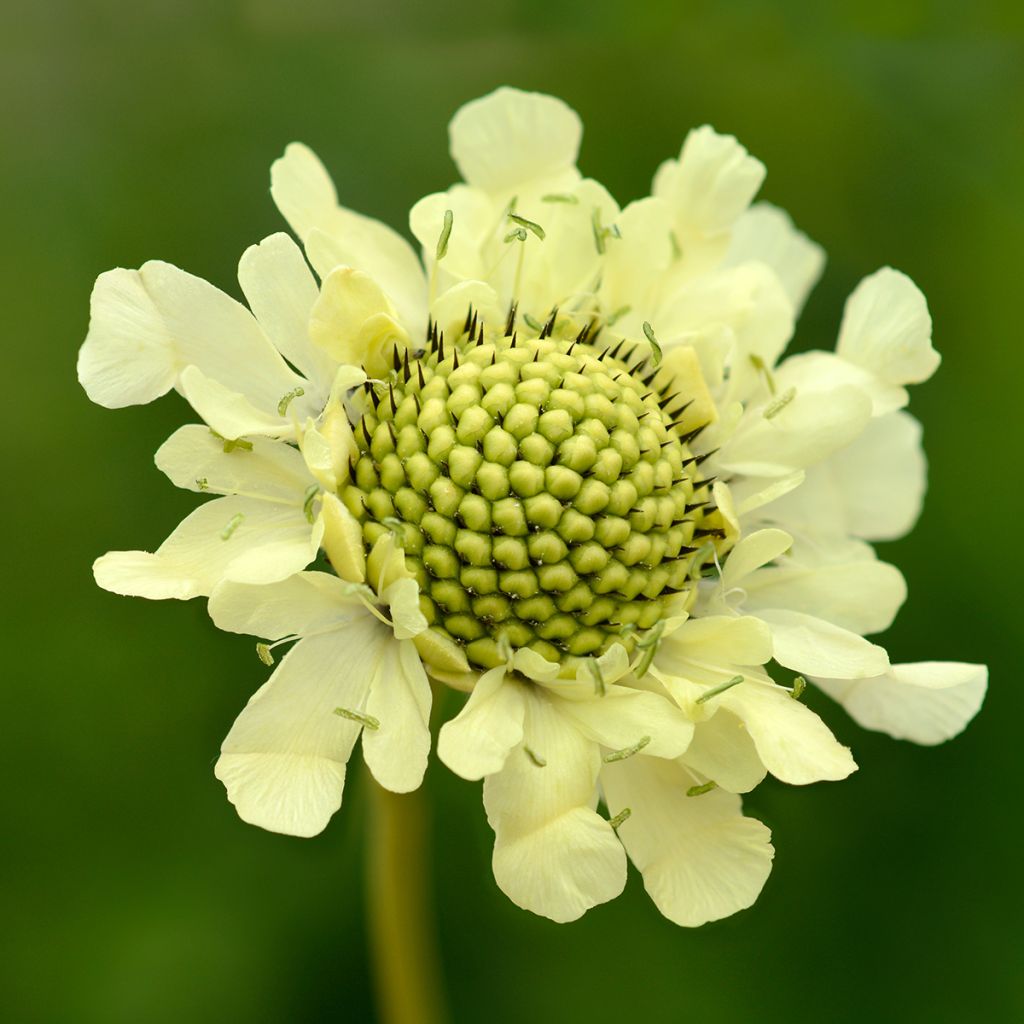

Cephalaria gigantea
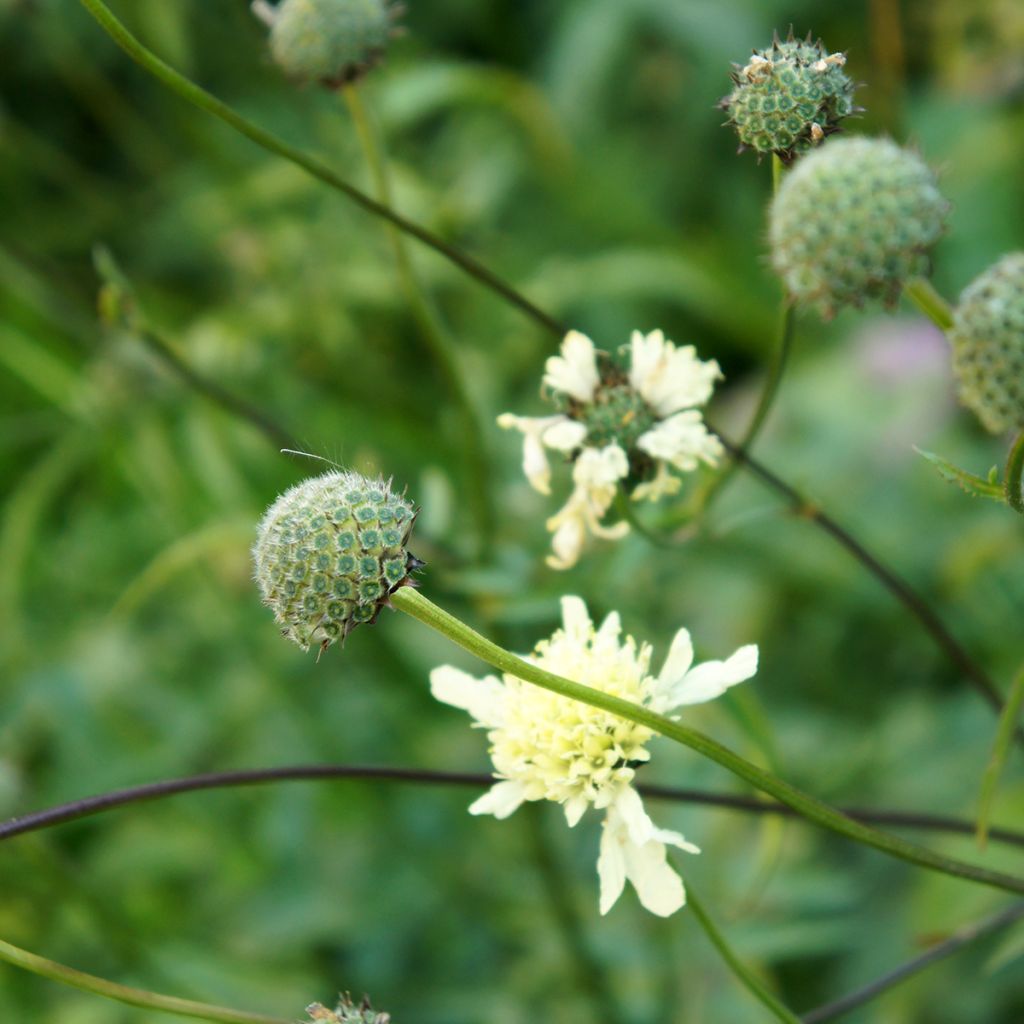

Cephalaria gigantea
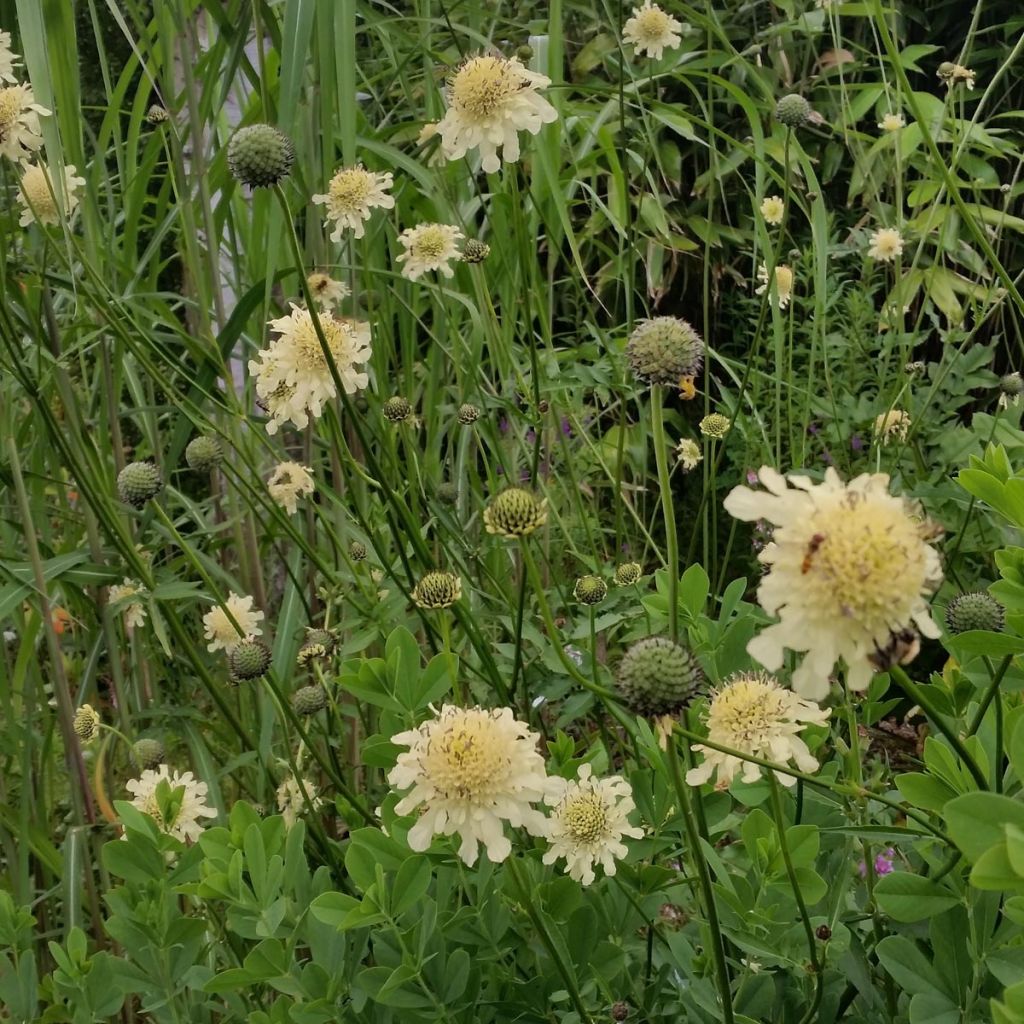

Cephalaria gigantea
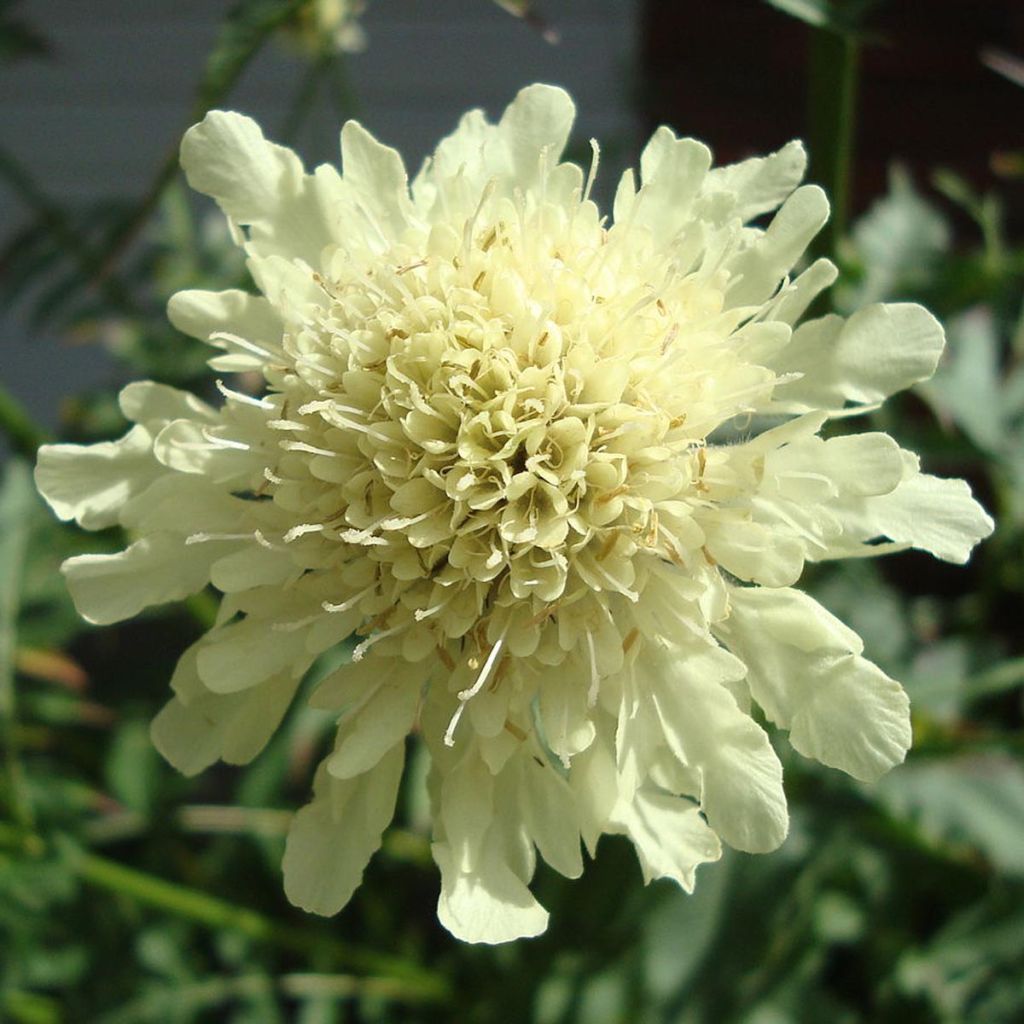

Cephalaria gigantea
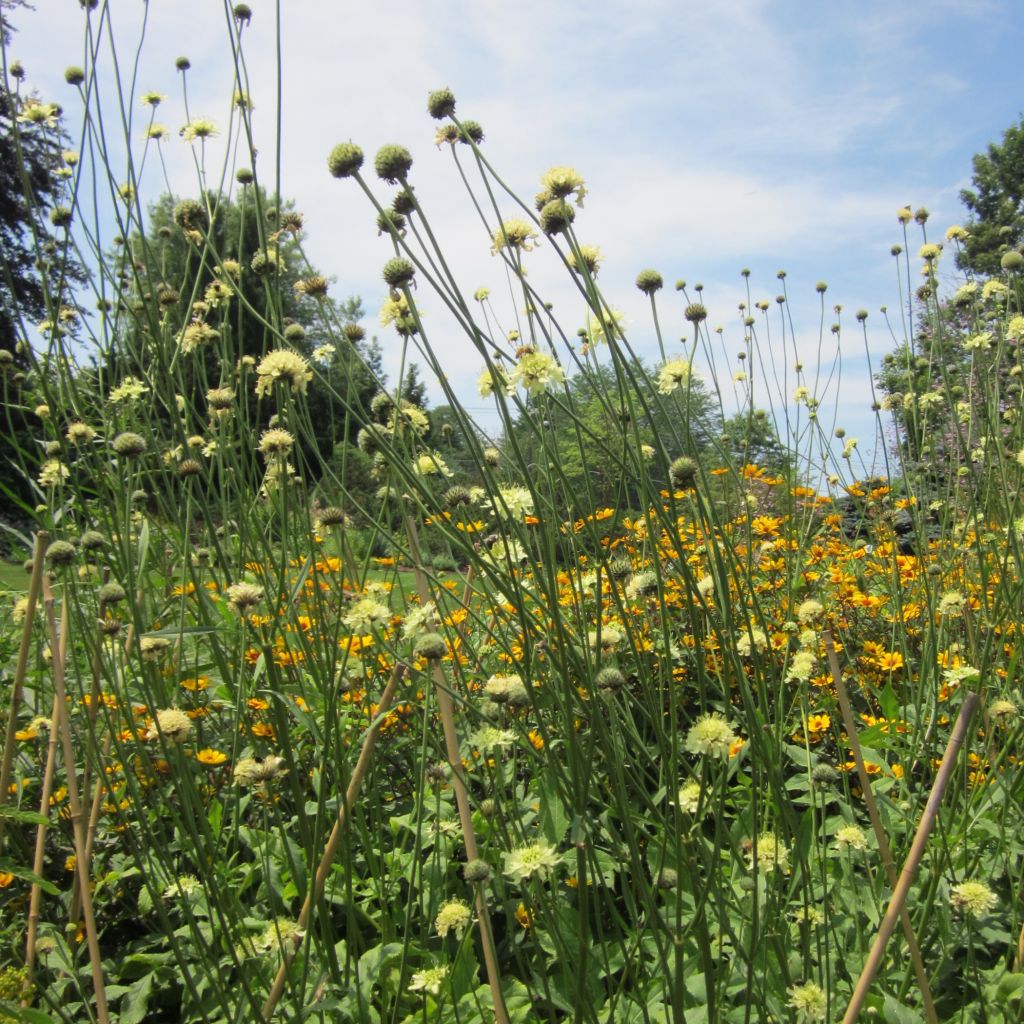

Cephalaria gigantea
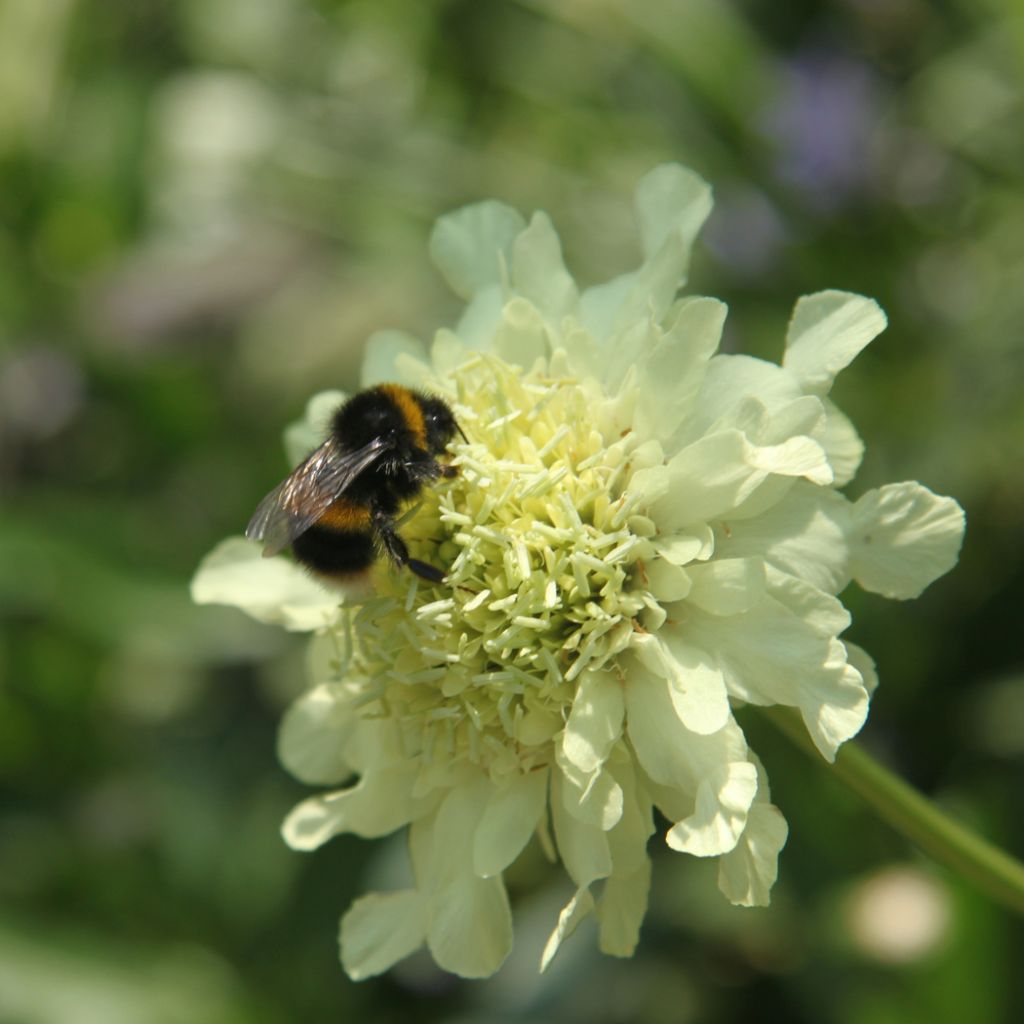

Cephalaria gigantea
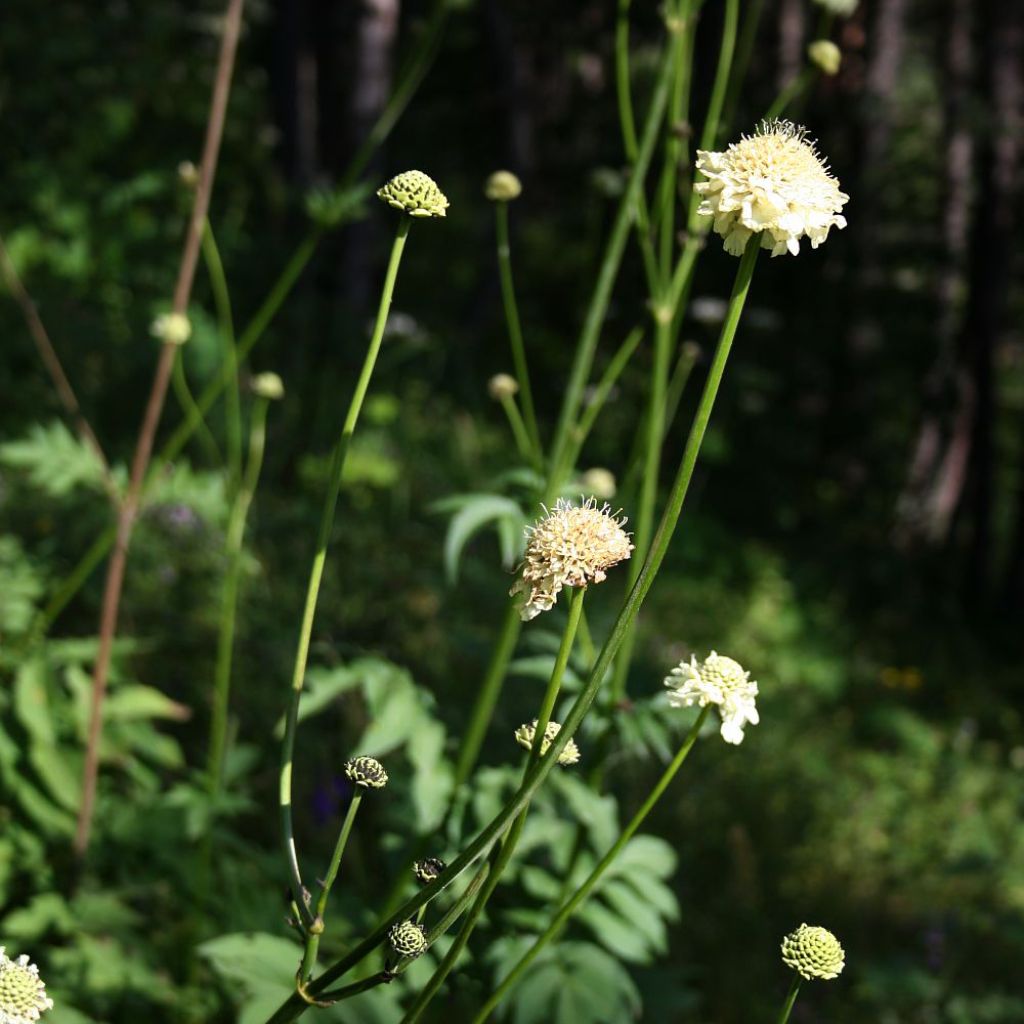

Cephalaria gigantea
Cephalaria gigantea
Cephalaria gigantea
Giant Scabious
2 young plants arrived in good condition and were promptly planted. Beautiful foliage, but none have flowered this summer. Keeping an eye on how they will fare through the winter and whether they will bloom next year.
Cyprian, 10/11/2024
Special offer!
Receive a €20 voucher for any order over €90 (excluding delivery costs, credit notes, and plastic-free options)!
1- Add your favorite plants to your cart.
2- Once you have reached €90, confirm your order (you can even choose the delivery date!).
3- As soon as your order is shipped, you will receive an email containing your voucher code, valid for 3 months (90 days).
Your voucher is unique and can only be used once, for any order with a minimum value of €20, excluding delivery costs.
Can be combined with other current offers, non-divisible and non-refundable.
Home or relay delivery (depending on size and destination)
Schedule delivery date,
and select date in basket
This plant carries a 12 months recovery warranty
More information
We guarantee the quality of our plants for a full growing cycle, and will replace at our expense any plant that fails to recover under normal climatic and planting conditions.
Does this plant fit my garden?
Set up your Plantfit profile →
Description
Cephalaria gigantea, the giant scabious, is a truly extraordinary plant. It is a perennial herbaceous plant that reaches a height of 2m (7ft). Numerous slender stems emerge above the leafy clump in summer, ending in very bright sulphur-yellow heads. Vigorous, spectacular, rural and refined, it is a true essential for wild gardens.
Cephalaria gigantea belongs to the Caprifoliaceae family, and originates from the Caucasus region. This herbaceous perennial can become imposing, easily reaching 2m (7ft) in height when flowering, with a spread of at least 60cm (24in). An adult plant occupies 1m² under good growing conditions. While establishment and growth may be slow at the beginning, it proves to be a very durable perennial. It has an upright, bushy habit. The summer flowering takes place in July-August, in the form of cream-yellow flower heads, measuring 3 to 4cm (1 to 2in) in diameter. The flowers are carried by long, slender, striate stems, covered at the base with recurved hairs also found on the petioles. The leaves measure 40cm (16in) in length and are deeply divided into toothed leaflets.
Despite its gigantic proportions, it is very rare for it to require staking, as its stems are robust and its inflorescences are light. However, it may be wise to find a location for it sheltered from the wind. The giant scabious is perfect at the back of a border, or to colonise the banks of water points in full sun or partial shade. Its tall flower stems are thin enough not to cast shade on other perennials. It is easy to imagine it in a large garden, mixed with other giant plants such as Verbascum olympicum, Verbena bonariensis, Campanula lactiflora, or Ferula communis. This combination will have a picturesque and charming effect. Note that its flowers have a good vase life.
Cephalaria gigantea in pictures
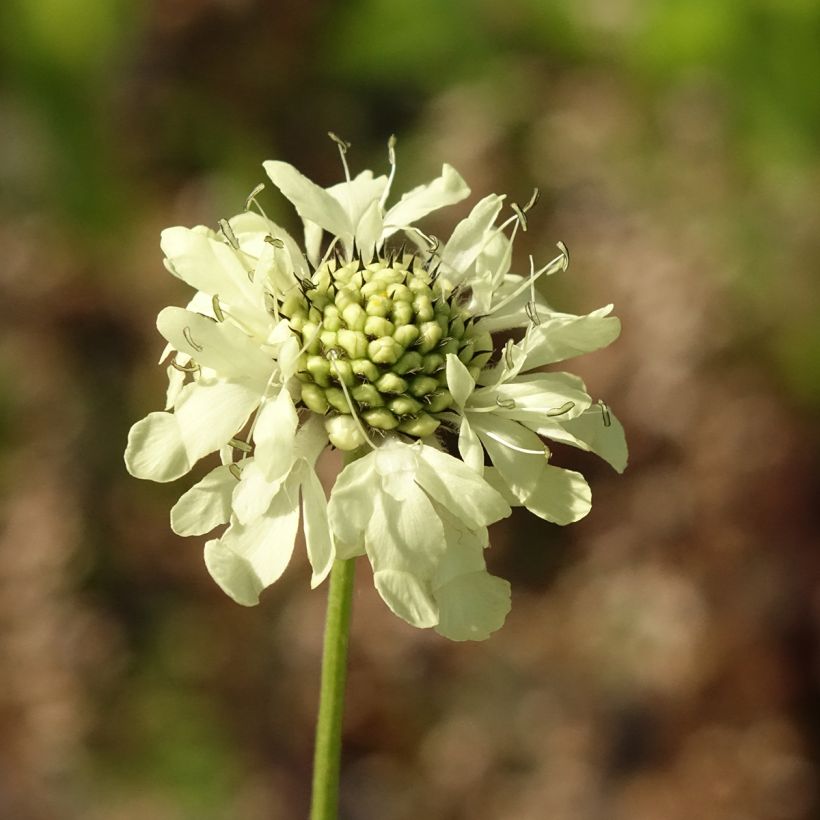

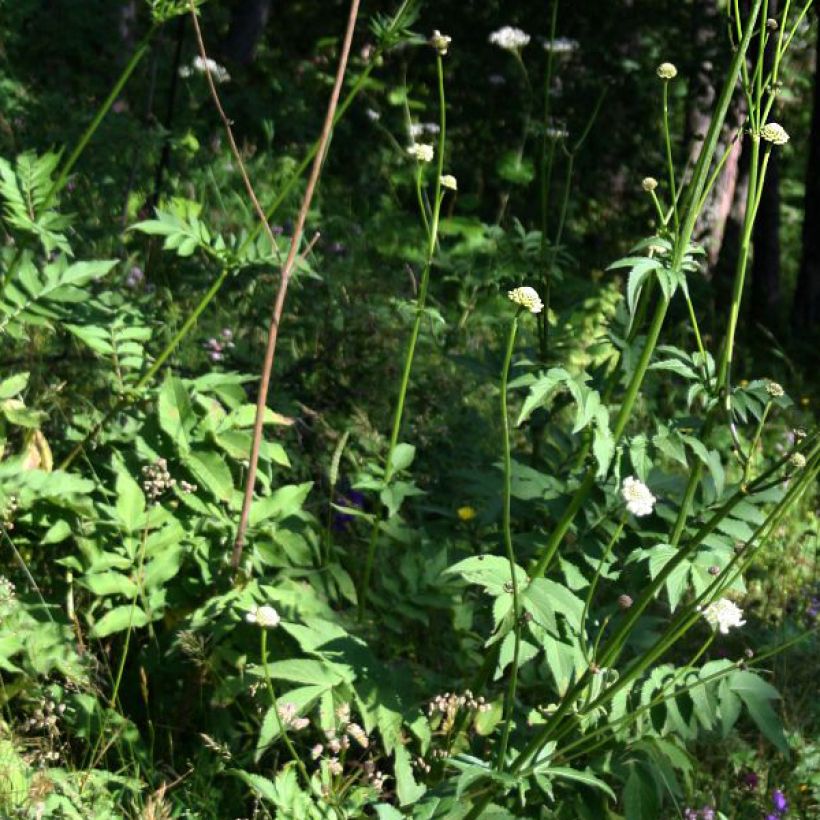

Flowering
Foliage
Plant habit
Botanical data
Cephalaria
gigantea
Dipsacaceae
Giant Scabious
Central Europe
Planting and care
Plant it in full sun. This plant prefers neutral, clayey, deep, loose soils, even if they are occasionally waterlogged. However, it also feels comfortable in well-drained, moist, and fertile soil. It is very rare that it requires staking, as its stems are sturdy and its inflorescences are light. Plant in spring or autumn.
Planting period
Intended location
Care
Planting & care advice
-
, onOrder confirmed
Reply from on Promesse de fleurs
Similar products
Haven't found what you were looking for?
Hardiness is the lowest winter temperature a plant can endure without suffering serious damage or even dying. However, hardiness is affected by location (a sheltered area, such as a patio), protection (winter cover) and soil type (hardiness is improved by well-drained soil).

Photo Sharing Terms & Conditions
In order to encourage gardeners to interact and share their experiences, Promesse de fleurs offers various media enabling content to be uploaded onto its Site - in particular via the ‘Photo sharing’ module.
The User agrees to refrain from:
- Posting any content that is illegal, prejudicial, insulting, racist, inciteful to hatred, revisionist, contrary to public decency, that infringes on privacy or on the privacy rights of third parties, in particular the publicity rights of persons and goods, intellectual property rights, or the right to privacy.
- Submitting content on behalf of a third party;
- Impersonate the identity of a third party and/or publish any personal information about a third party;
In general, the User undertakes to refrain from any unethical behaviour.
All Content (in particular text, comments, files, images, photos, videos, creative works, etc.), which may be subject to property or intellectual property rights, image or other private rights, shall remain the property of the User, subject to the limited rights granted by the terms of the licence granted by Promesse de fleurs as stated below. Users are at liberty to publish or not to publish such Content on the Site, notably via the ‘Photo Sharing’ facility, and accept that this Content shall be made public and freely accessible, notably on the Internet.
Users further acknowledge, undertake to have ,and guarantee that they hold all necessary rights and permissions to publish such material on the Site, in particular with regard to the legislation in force pertaining to any privacy, property, intellectual property, image, or contractual rights, or rights of any other nature. By publishing such Content on the Site, Users acknowledge accepting full liability as publishers of the Content within the meaning of the law, and grant Promesse de fleurs, free of charge, an inclusive, worldwide licence for the said Content for the entire duration of its publication, including all reproduction, representation, up/downloading, displaying, performing, transmission, and storage rights.
Users also grant permission for their name to be linked to the Content and accept that this link may not always be made available.
By engaging in posting material, Users consent to their Content becoming automatically accessible on the Internet, in particular on other sites and/or blogs and/or web pages of the Promesse de fleurs site, including in particular social pages and the Promesse de fleurs catalogue.
Users may secure the removal of entrusted content free of charge by issuing a simple request via our contact form.
The flowering period indicated on our website applies to countries and regions located in USDA zone 8 (France, the United Kingdom, Ireland, the Netherlands, etc.)
It will vary according to where you live:
- In zones 9 to 10 (Italy, Spain, Greece, etc.), flowering will occur about 2 to 4 weeks earlier.
- In zones 6 to 7 (Germany, Poland, Slovenia, and lower mountainous regions), flowering will be delayed by 2 to 3 weeks.
- In zone 5 (Central Europe, Scandinavia), blooming will be delayed by 3 to 5 weeks.
In temperate climates, pruning of spring-flowering shrubs (forsythia, spireas, etc.) should be done just after flowering.
Pruning of summer-flowering shrubs (Indian Lilac, Perovskia, etc.) can be done in winter or spring.
In cold regions as well as with frost-sensitive plants, avoid pruning too early when severe frosts may still occur.
The planting period indicated on our website applies to countries and regions located in USDA zone 8 (France, United Kingdom, Ireland, Netherlands).
It will vary according to where you live:
- In Mediterranean zones (Marseille, Madrid, Milan, etc.), autumn and winter are the best planting periods.
- In continental zones (Strasbourg, Munich, Vienna, etc.), delay planting by 2 to 3 weeks in spring and bring it forward by 2 to 4 weeks in autumn.
- In mountainous regions (the Alps, Pyrenees, Carpathians, etc.), it is best to plant in late spring (May-June) or late summer (August-September).
The harvesting period indicated on our website applies to countries and regions in USDA zone 8 (France, England, Ireland, the Netherlands).
In colder areas (Scandinavia, Poland, Austria...) fruit and vegetable harvests are likely to be delayed by 3-4 weeks.
In warmer areas (Italy, Spain, Greece, etc.), harvesting will probably take place earlier, depending on weather conditions.
The sowing periods indicated on our website apply to countries and regions within USDA Zone 8 (France, UK, Ireland, Netherlands).
In colder areas (Scandinavia, Poland, Austria...), delay any outdoor sowing by 3-4 weeks, or sow under glass.
In warmer climes (Italy, Spain, Greece, etc.), bring outdoor sowing forward by a few weeks.






























